Everything you need to know about cooking with eggplant: seasonality, variations, storage tips, and more!
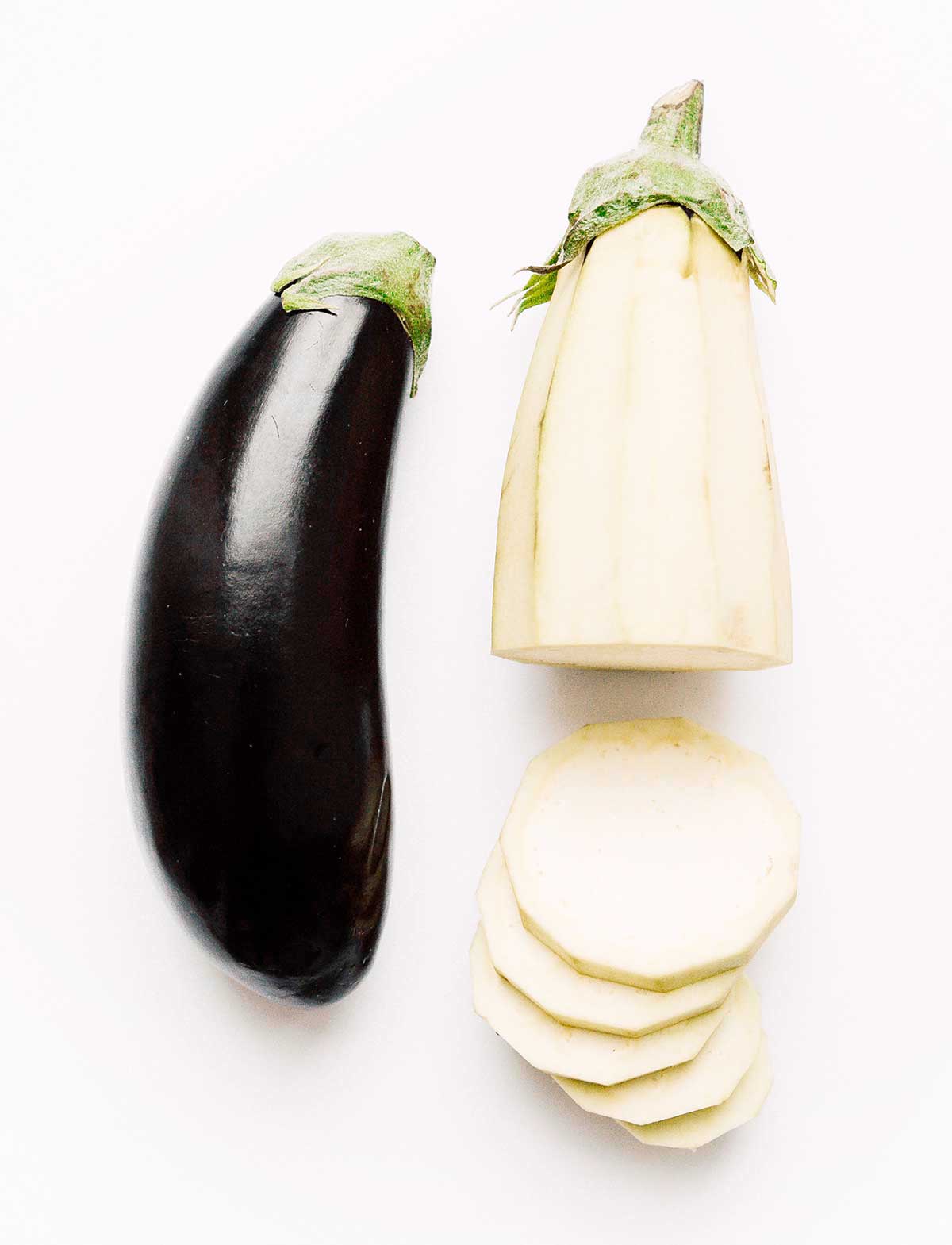
What are eggplants?
Eggplants are fruits that like to pretend they’re vegetables (and we’ll play along and call them a vegetable for this Ingredient of the Week).
They’re thought to go all the way back to prehistory in India. It made its way around Asia, then travelled to Europe and North Africa via the Mediterranean Sea, where it was thought to cause insanity and death.
It finally made its way to America, where it was used as a table ornament until the 1900’s, when people finally got their act together and realized the beauty that is a perfectly crafted eggplant parmesan.
And while eggplants are now a staple in the American grocery, they’re still not getting all the attention they so rightly deserve on the American dinner table. They’re versatile, a great substitute for meat, and can absorb large amounts of sauces and flavors. Oh, and they’re super low calorie.
Fun Fact: Why do we call these things eggplants? Earlier varieties were white, so they actually resembled eggs hanging from the plant.
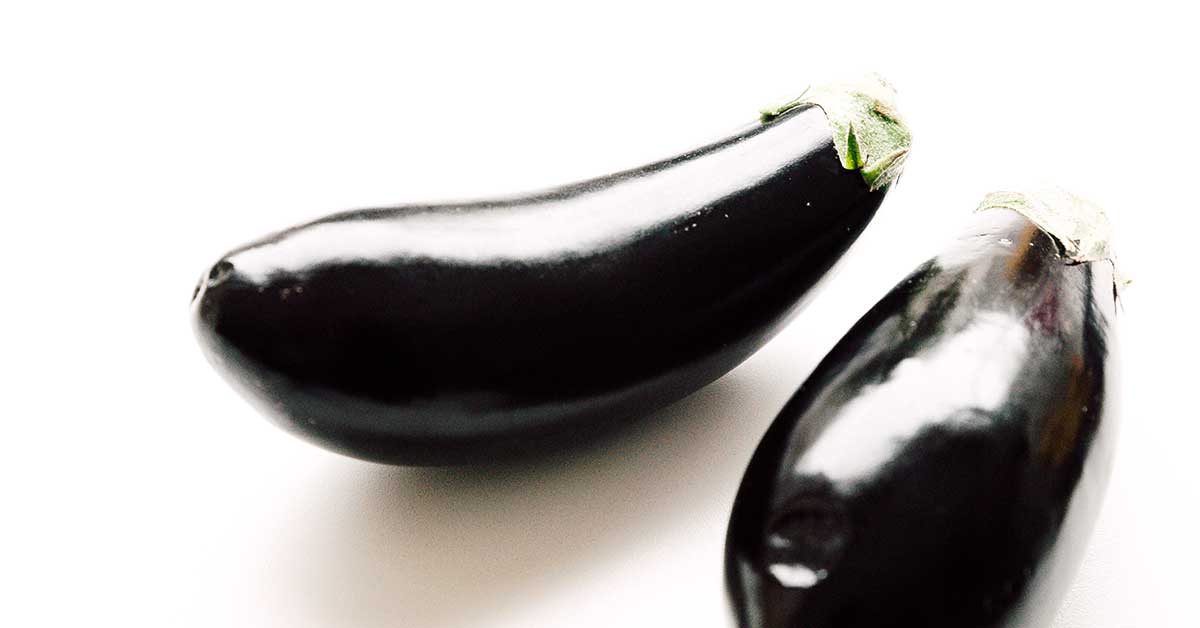
Variations of Eggplants
There are many varieties of eggplant, but the most common are:
- Italian: have a smooth, deep purple skin and a large, oval shape.
- Sicilian (Zebra, Graffiti): slightly smaller with purple and white streaks
- White: have a tough, white skin
- Indian (Baby): small, round, and purple
- Japanese/Chinese: longer, thinner, and a purple stem and skin
And of course, there are variations in the way people say eggplant around the world. While we call it “eggplant” in the U.S., Canada, and Australia, you make hear it called “aubergine” in Europe.
How to pick the perfect eggplant
Eggplants are generally available year-round, with peak season in the northern hemisphere being late-summer. Select an eggplant with a smooth, untarnished skin. The small and medium-sized ones will have a better, sweeter flavor, less seeds, and a more delicate skin.
How to store eggplants
Eat within 5 days of purchasing, as these will get more bitter with time. Store in refrigerator, and wash just before using.
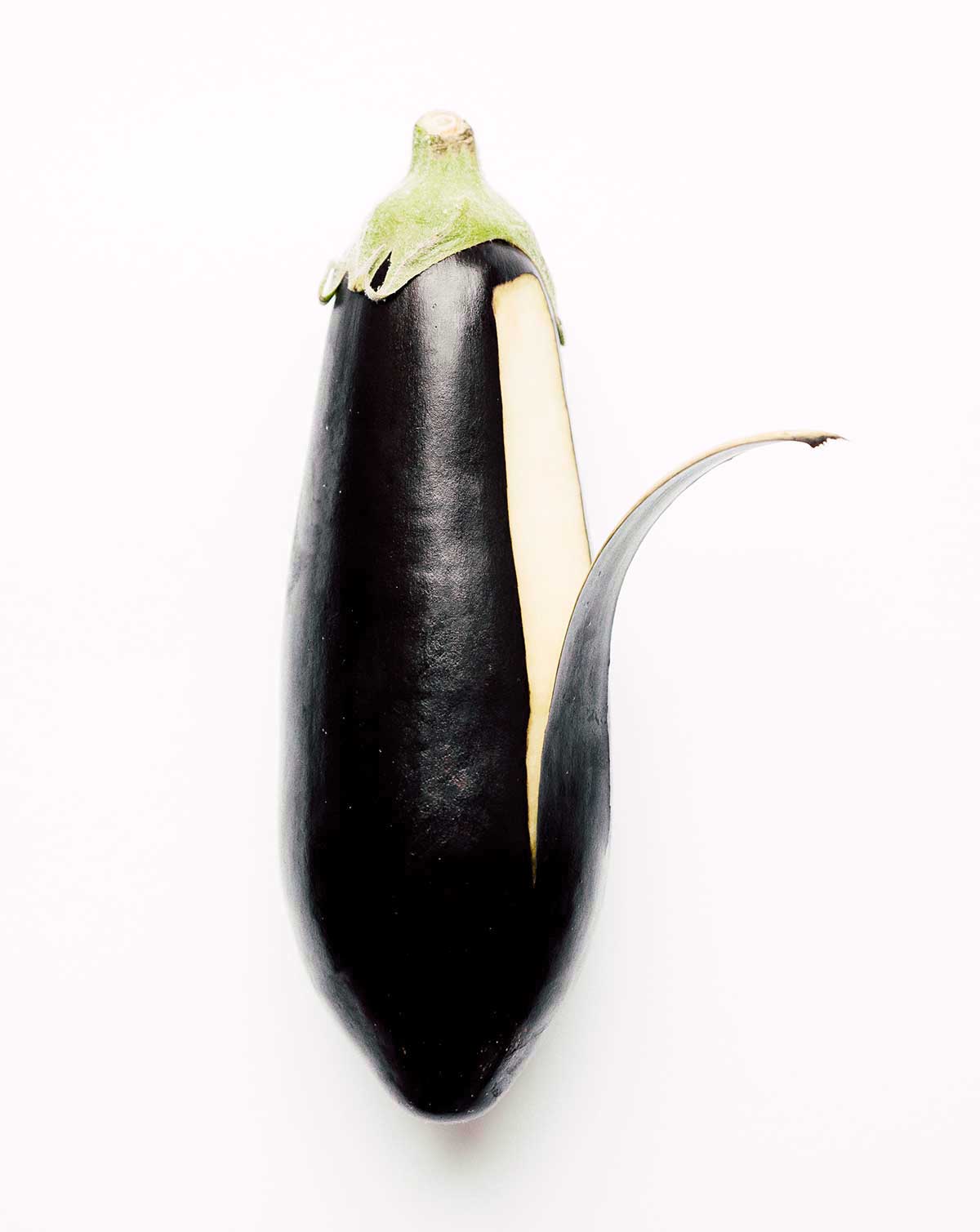
To peel or not to peel?
While the peel of small eggplants is delicate, larger eggplants may have more thick, bitter skins. So for bigger eggplants, it’s a good idea to peel the skin before cooking or eating.
With that said, the peel of the eggplant contains a lot of the fiber and anthocyanin (the healthy compound that gives eggplant its distinct purple hue).
Here’s how to peel and cut eggplant!
Our favorite eggplant recipes
- Vegetarian Lasagna
- Vegetable Pizza
- Baba Ganoush
- Stuffed Eggplant Parmesan
- Ratatouille (Veggie Tian)
- Baked Ziti
- Herby Bulgur Stuffed Eggplant
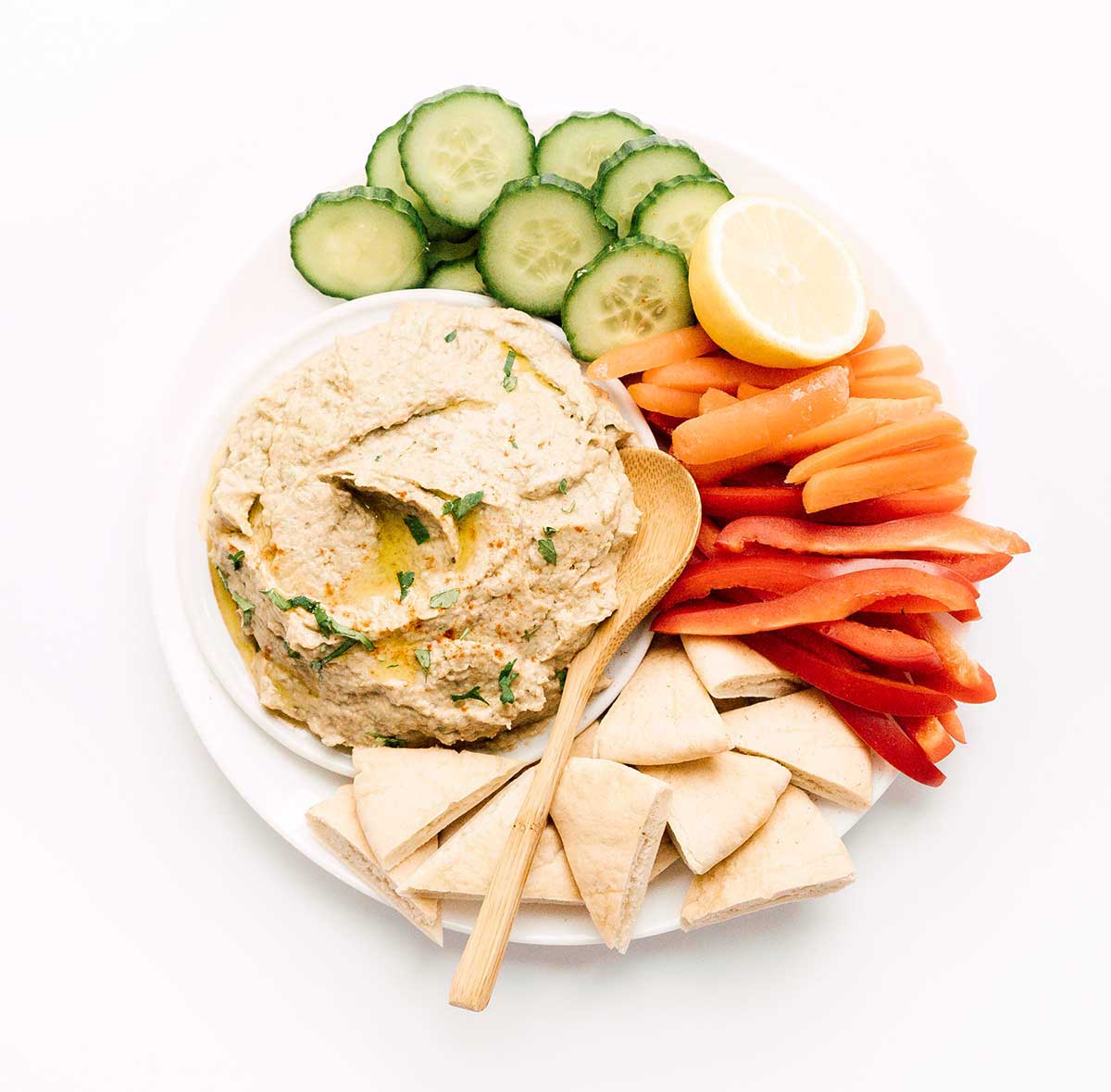
Eggplant Nutrition Information
per 1 raw eggplant, with peel (548 g)
- Calories: 132
- Carbohydrates: 32
- Fiber: 19g, 75% Daily Value (DV)
- Protein: 6g
- Fat: 0g
- 69% DV of Manganese: A trace element that plays a role in healthy brain and nervous system function.
- 36% DV of Potassium: A key mineral and electrolyte involved in countless processes, including healthy nervous system functioning and contraction of the heart and muscles.
- 30% DV of Folate (Vitamin B9): A water-soluble vitamin that helps make DNA & RNA and metabolize amino acids.
- 24% DV of Vitamin K: A fat-soluble vitamin that allows for activation of enzymes in the clotting cascade, which is responsible for blood clotting. Also builds bone by modifying osteocalcin so that it may bind calcium, thus building the bone matrix.
- 23% DV of Vitamin B6 (Pyridoxine): A water-soluble vitamin that works behind the scenes as a coenzyme in many important reactions within your body, including protein metabolism and red blood cell formation, among countless other functions.
- 20% DV of Vitamin A: Provides the provitamin version of this fat-soluble vitamin, meaning it comes from a plant source and your body converts the plant pigment into active Vitamin A. It is essential in many components of healthy vision, as well as immunity and cell growth/differentiation.
- 20% DV of Vitamin C: A water-soluble vitamin that acts as an antioxidant to fight against potentially damaging free radicals (molecules with unshared electrons that float around wreaking havoc) and an important cofactor in collagen synthesis.
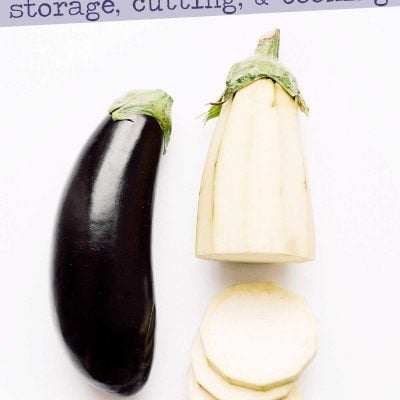
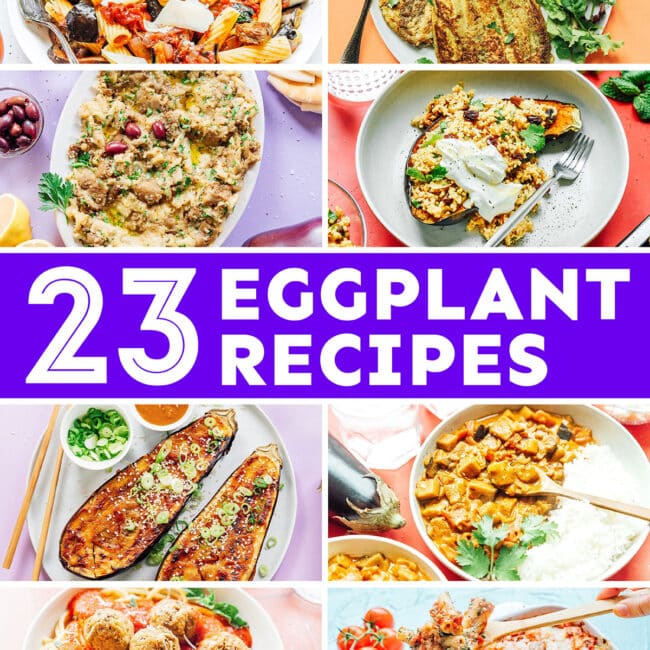
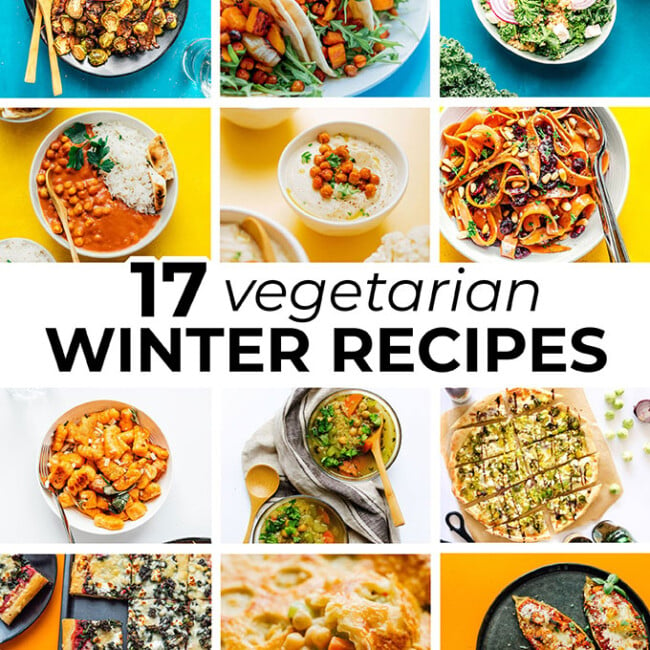
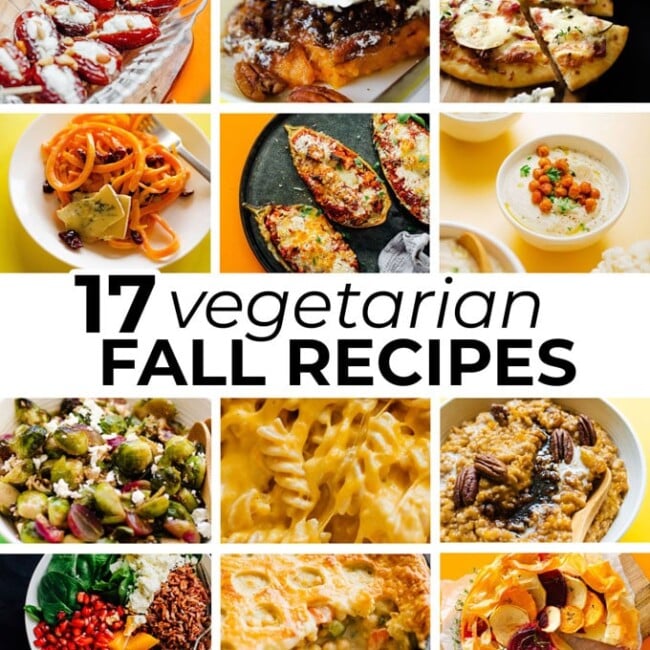
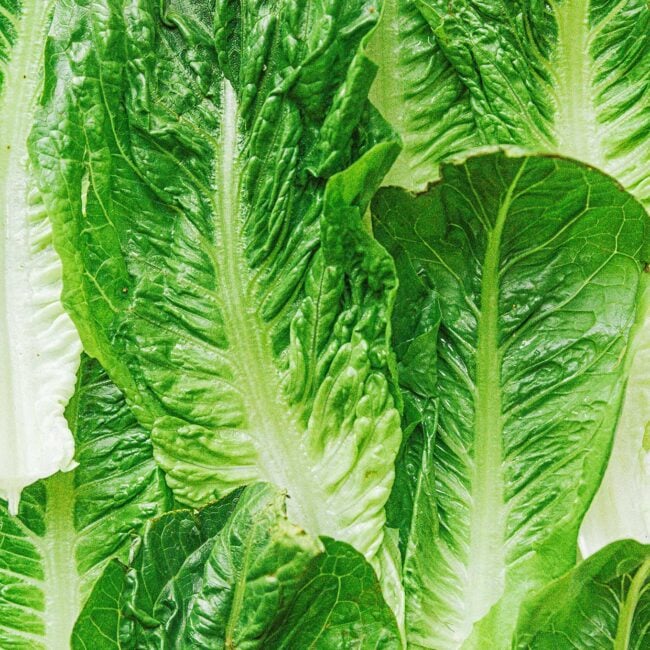
Michael Sulman says
Eggplants are male or female. Male eggplants have a blunt or protuberant end whereas female eggplants are indented or umbilicated. Male eggplants have fewer seeds and are the better choice; but they are often difficult to find.
Sarah says
Wow, thanks so much for the input, Michael! I like to think I know a thing or two about nutrition but when it comes to botany…well…I’ve got some learning to do. Are the male eggplants harder to find simply because they’re more sought after?
Michael Sulman says
That’s an interesting question, Sarah. Whenever I shop for eggplants, most of the ones I find are female, and I’m forced to use them; but given the choice, (at the risk of sounding sexist) I much prefer the male variety.
Sarah says
Well that’s certainly an interesting tidbit! Perhaps the male to female ratio at farmer’s markets would be more favorable. I’ll keep an eye out!
phillip says
are eggplants grown all year round? or should they be removed after a period?
Sarah says
Hi Phillip! I believe they can be grown year round.
Dave says
Hi, sarah can you grow eggplants outside in montana.
Sarah says
Hi Dave! Honestly not sure, gardening isn’t my forte!
Shelley says
What is the flavor of eggplants? What is it most comparable to? And what’s the best way too cook one?
Sarah says
Hi Shelley! The flavor is very mild with a spongy texture. You can find all of my favorite ways to cook eggplant here.
Andrea Frank says
Eggplant fruits are berries. BTW- any plant part containing seeds is a fruit, botanically speaking. A vegetative part is one no involve and not a product of reproduction. This business of male vs female fruits is not a botanical matter. I think it must be folklore and may be a matter of development (the so called “male” fruits not being fully formed). I’m just guessing at this. Back to seeds- all seed develop with in the ovaries- yep, just like humans as a result of fertilization by pollen from the “male” stamens through the ‘female’ organ, the pistol. While it is common to refer to male of female plant organs or flowers, a real botanist says such things are “pistilate or “stamenate.” many plants have both female and male parts, many have one or the other. Female parts alone make seeds, hence fruit. The fruits of an eggplant are technically berries, as I said at the top. – A botanist.
Sarah says
Thanks so much for the interesting tidbits, Andrea! 😀
Ronald D. Johnston says
where can i get egg plant flour in the US, i want to order it
Sarah says
I haven’t heard of eggplant flour before actually so I’m really not sure! You could try an Asian supermarket, as it seems like this may be an ingredient more specific to Asian cuisine